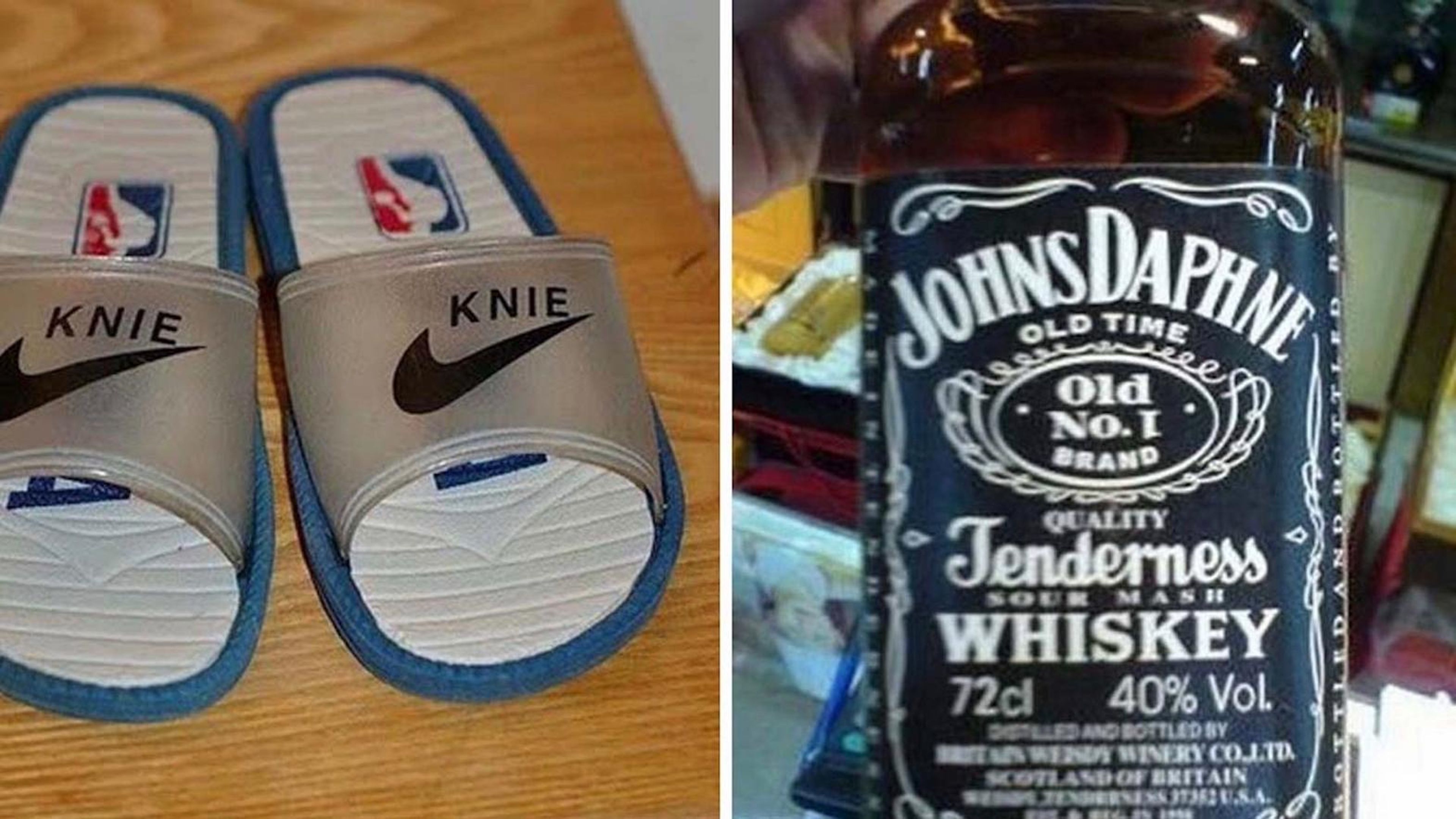Fake brands: The most sincere form of flattery
There is no crime against using a category language but where do we draw the line?
Everything are copied in detail – especially in China
Our work with clients is, naturally, to stimulate growth through design and communication, whether revolutionary or incrementally.
This means strengthening consumer perception of the brand and creating barriers against encroachment from competitors.
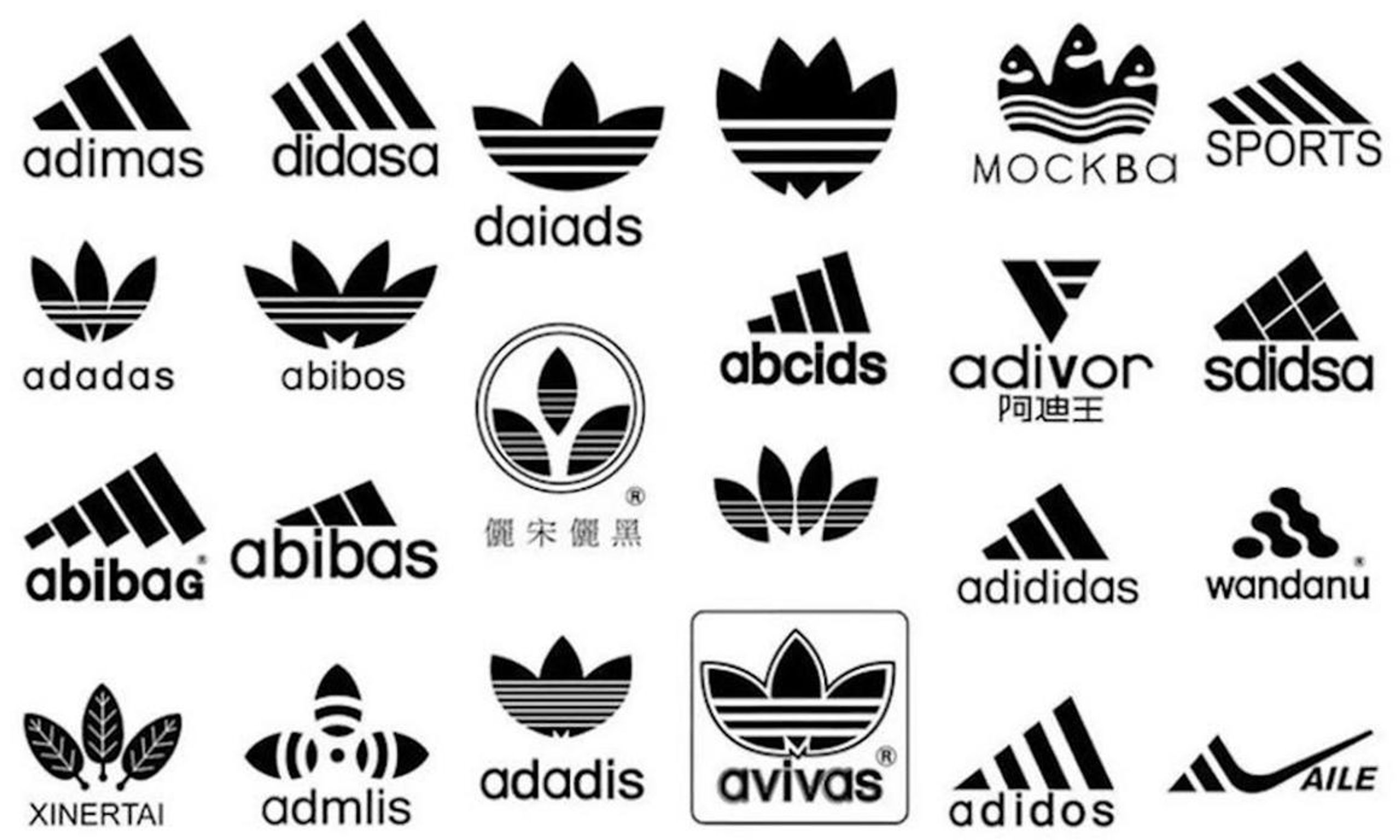
Sources reddit.com
Depending on the client, we might be working to establish a new brand in a mature market or defending a leading brand against other, predominantly generic brands whose aim is to capitalise on the leading brands visual signature and steal sales either by mis-purchase or by a lower price.
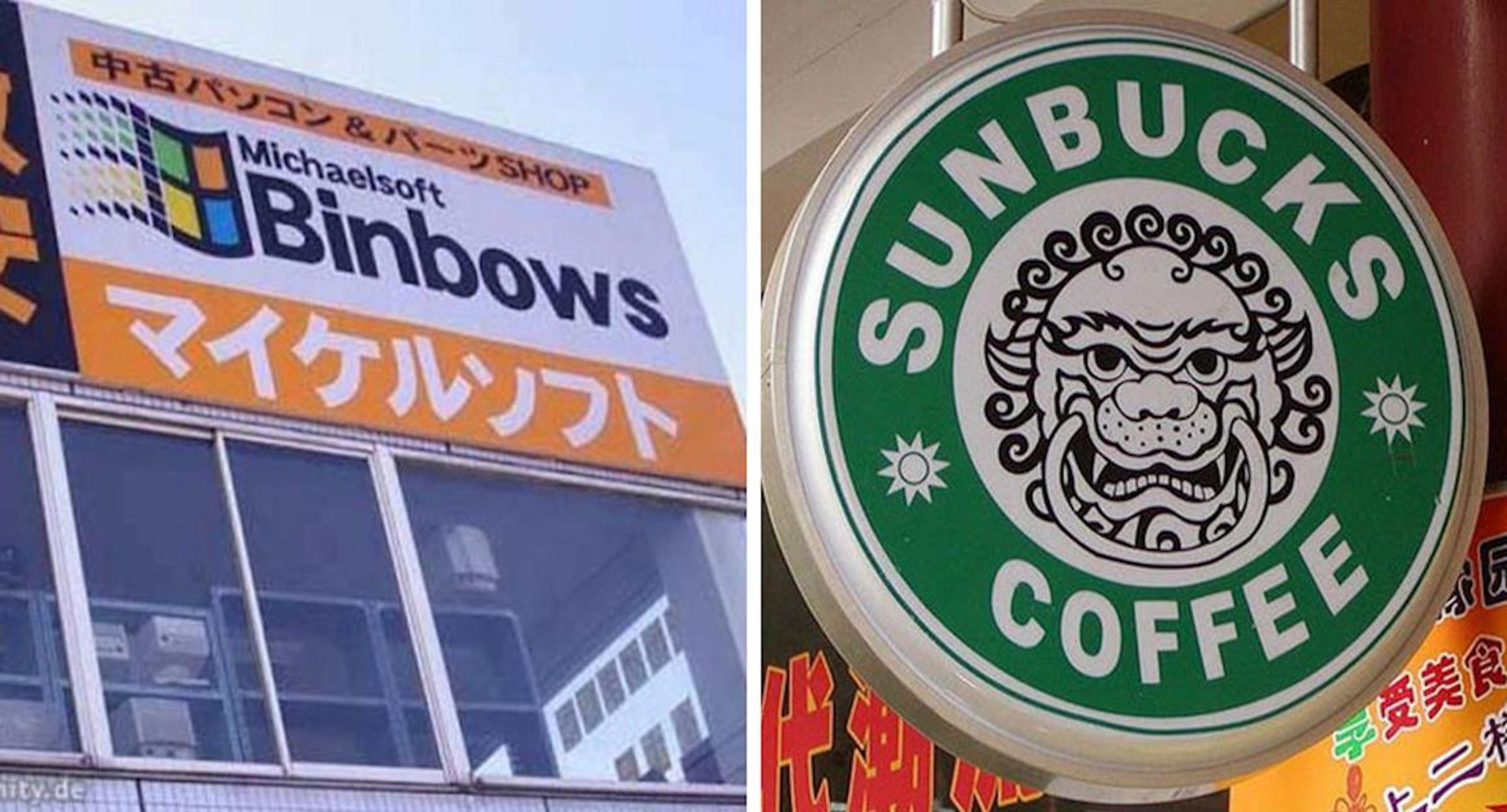
While there is no crime against using the category language for, say cola; red/black/blue (CocaCola and Pepsi) based on those brands dominance in the soft drinks market but where do we draw the line?
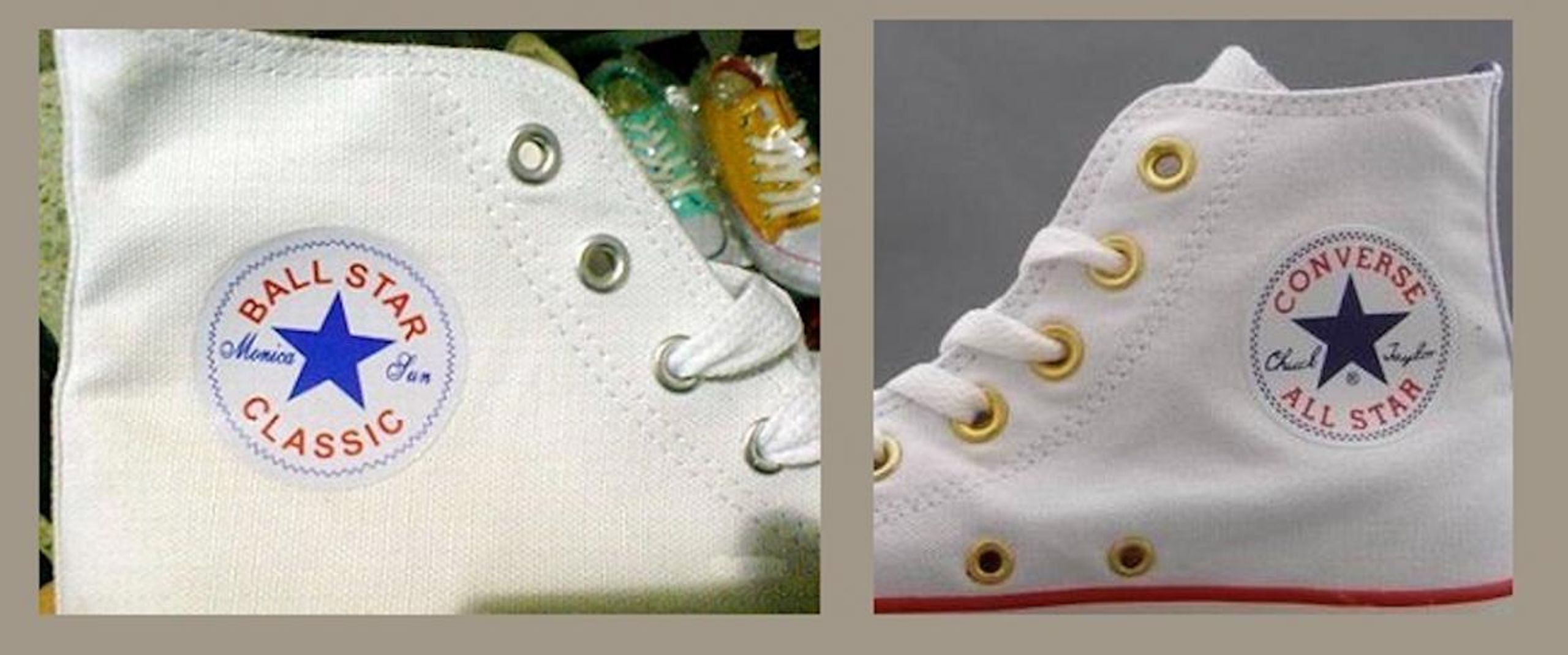
Internationally, there has been much brouhaha and general gnashing of teeth from the offended parties these last 30 years.
Not surprisingly, flagrant Intellectual Property Rights (IPR) infringement in the form of identical copies of well known and expensive products – everything from Rolex watches, Lacoste T-shirts and Louis Vuitton bags, gives good reason for headaches.
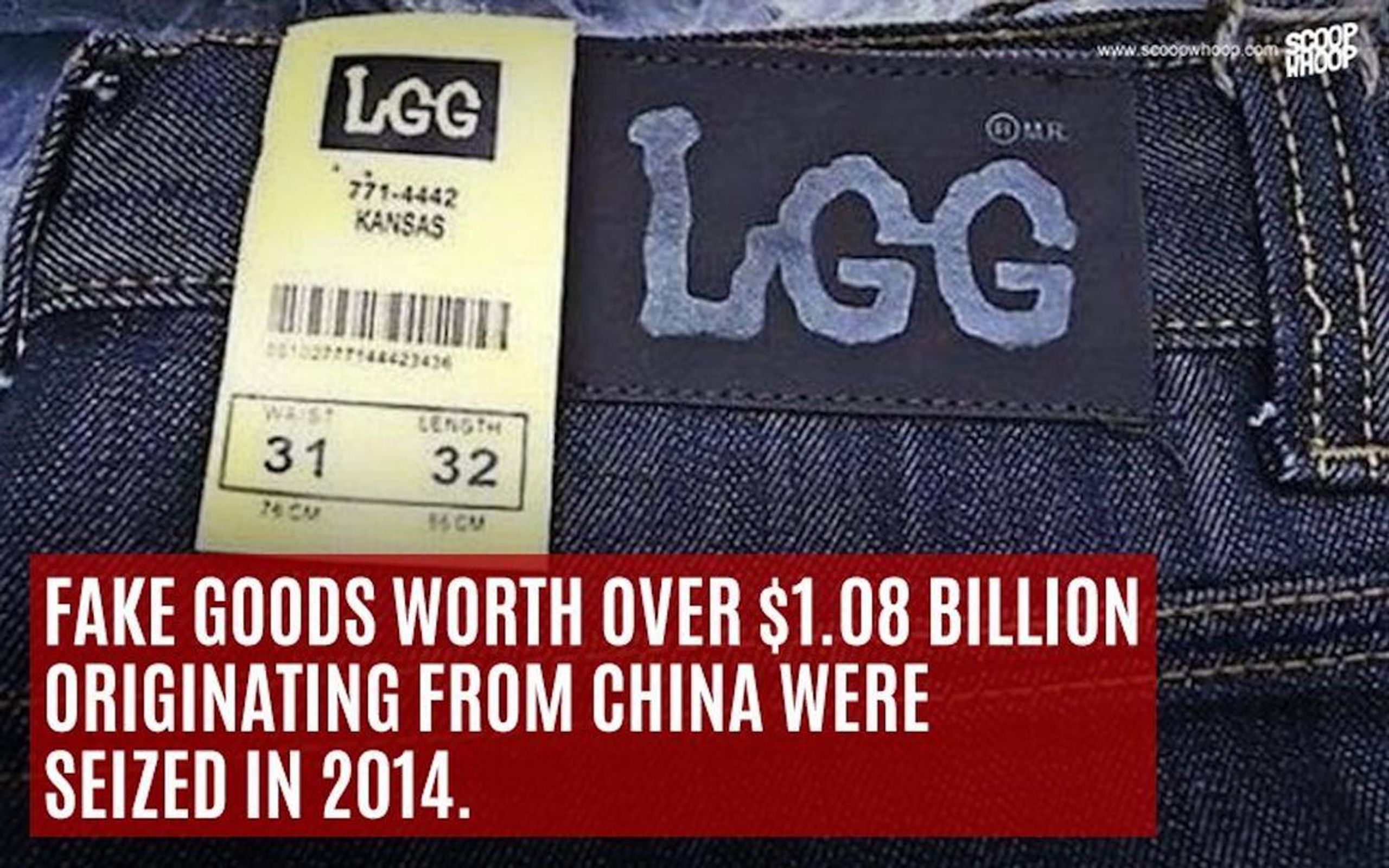
Source scoopwhoop.com
In recent times, the finger has been pointed at China as by far and away the largest perpetrator of copyright infringement. Nothing is sacred here.
Everything from food chains, games consoles, cars, food and drink and even the humble battery are copied in detail.
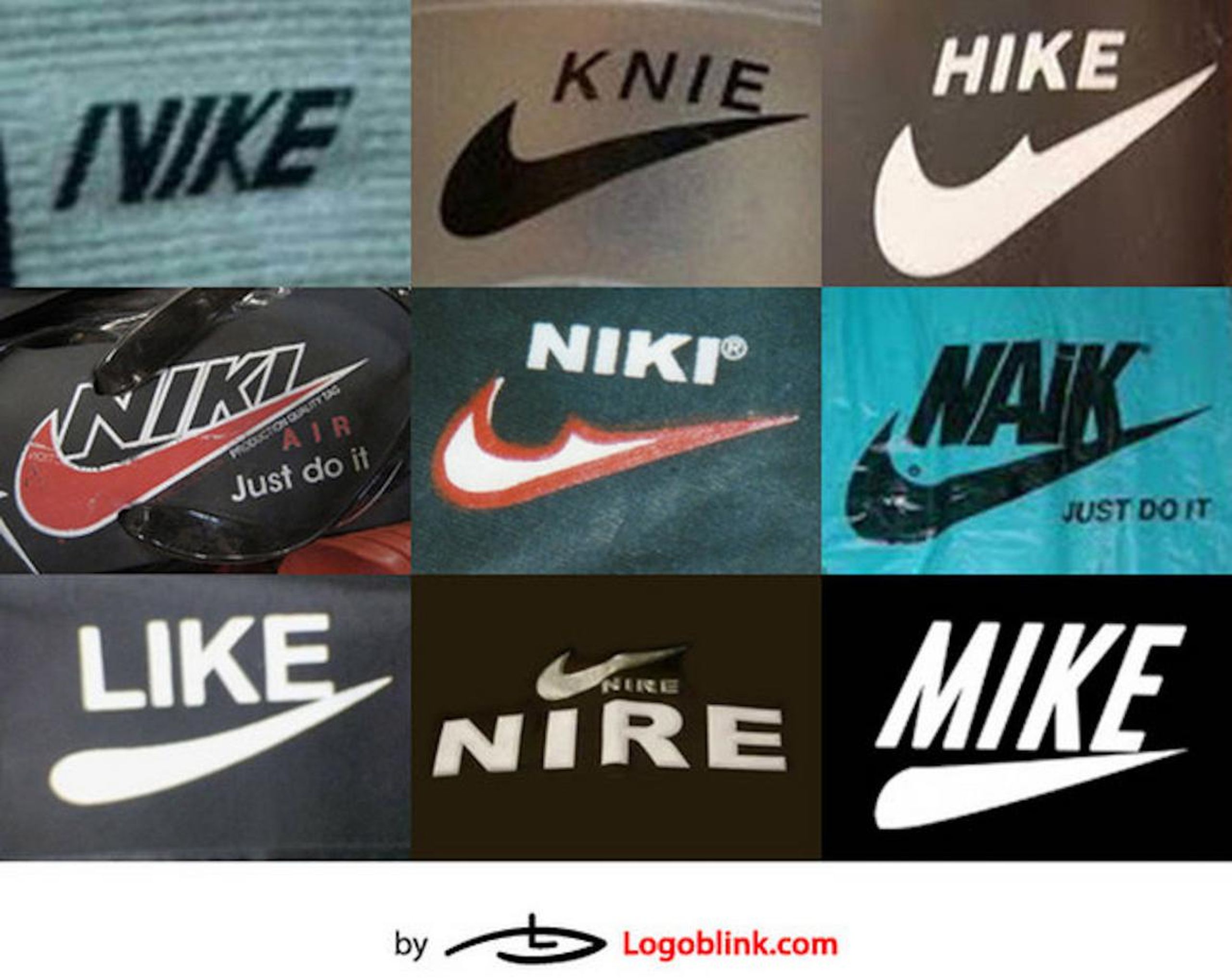
In 2013, Nike was the most imitated brand. Apple was second (scoopwhoop.com)
China´s fledgling consumer goods industry needed to quickly serve the needs of a growing middle-class; people who have, in the last 15 years gained access to a plethora of foreign brands eager to tap into a hungry consumer base.
These brands are the category-heros – the grand masters.
Is it surprising then, that these brands are studied in detail? China´s ingrained learning culture over centuries has been to studiously copy the master craftsmen of, say Chinese logograms and paintings.
Today, dedicated groups learn and copy everything from famous artwork to cars.
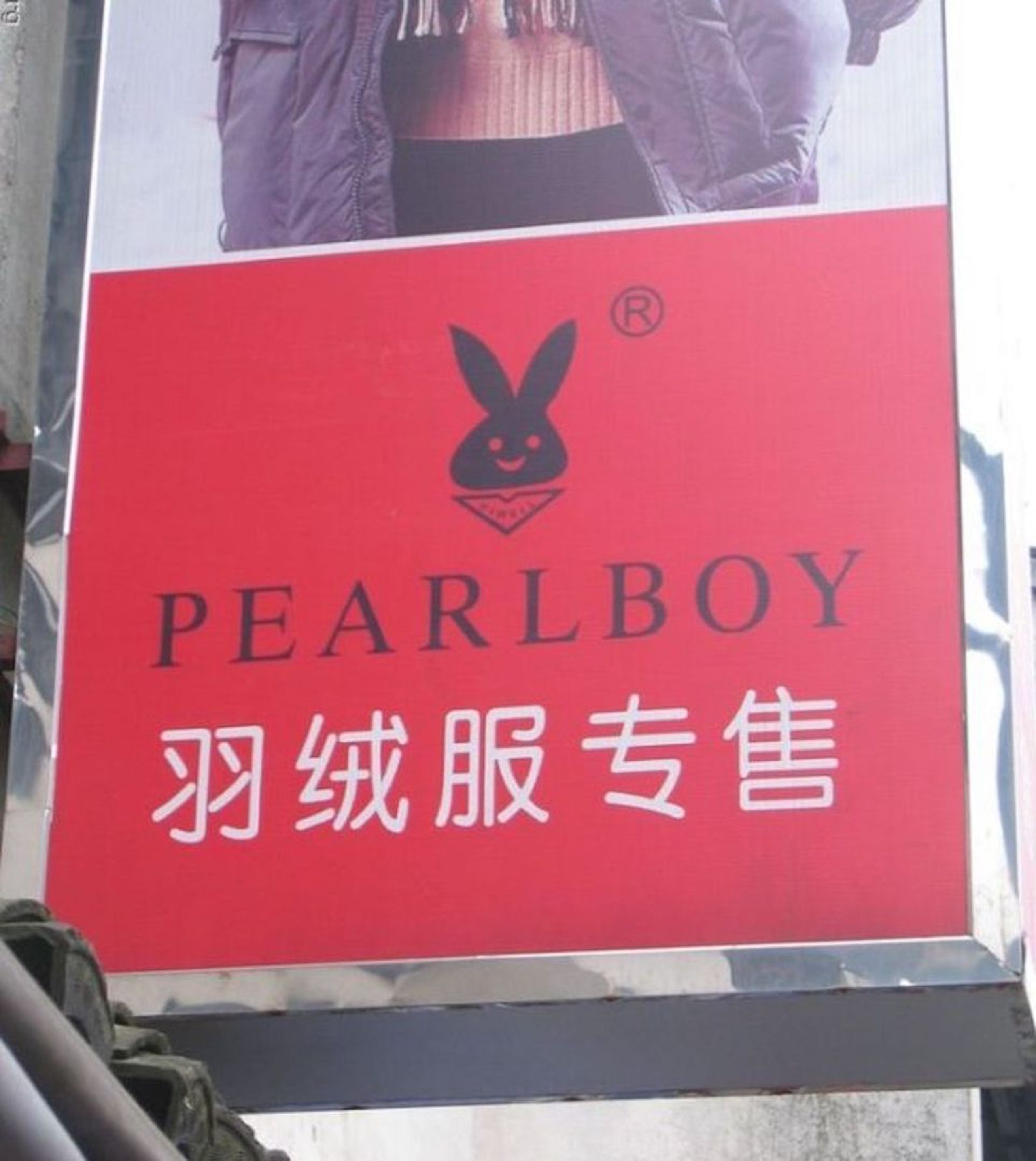
Clothing brand that sells down jackets - dailymail.co.uk/splitpics.uk
The headaches this causes for leading brands and the ensuing court cases is well documented.
Protecting your brand from impersonators through pursuing copyrights and intellectual property is important – but does it distract the time and resources that otherwise could focused on the way forward?
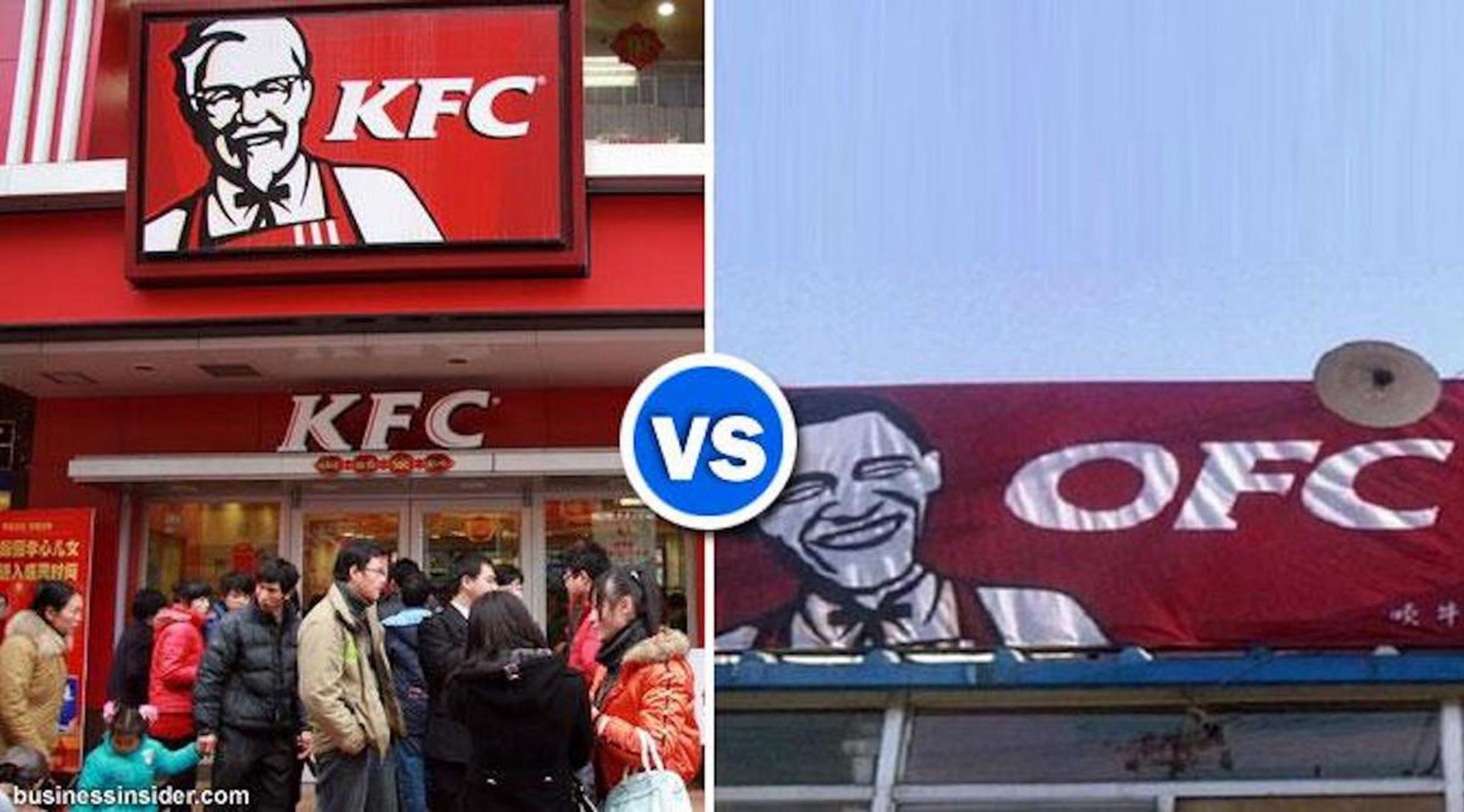
I´m not suggesting that copyright infringement should be condoned and not be pursued. I would suggest however, that insight and innovation are the most powerful of tools in keeping fake brands second-guessing.
Large-scale design and manufacture, however cheap the labour force, is a considerable investment in copying existing products available to the consumer; products that are perhaps already obsolete in the minds of the innovators that have originally put them to market.
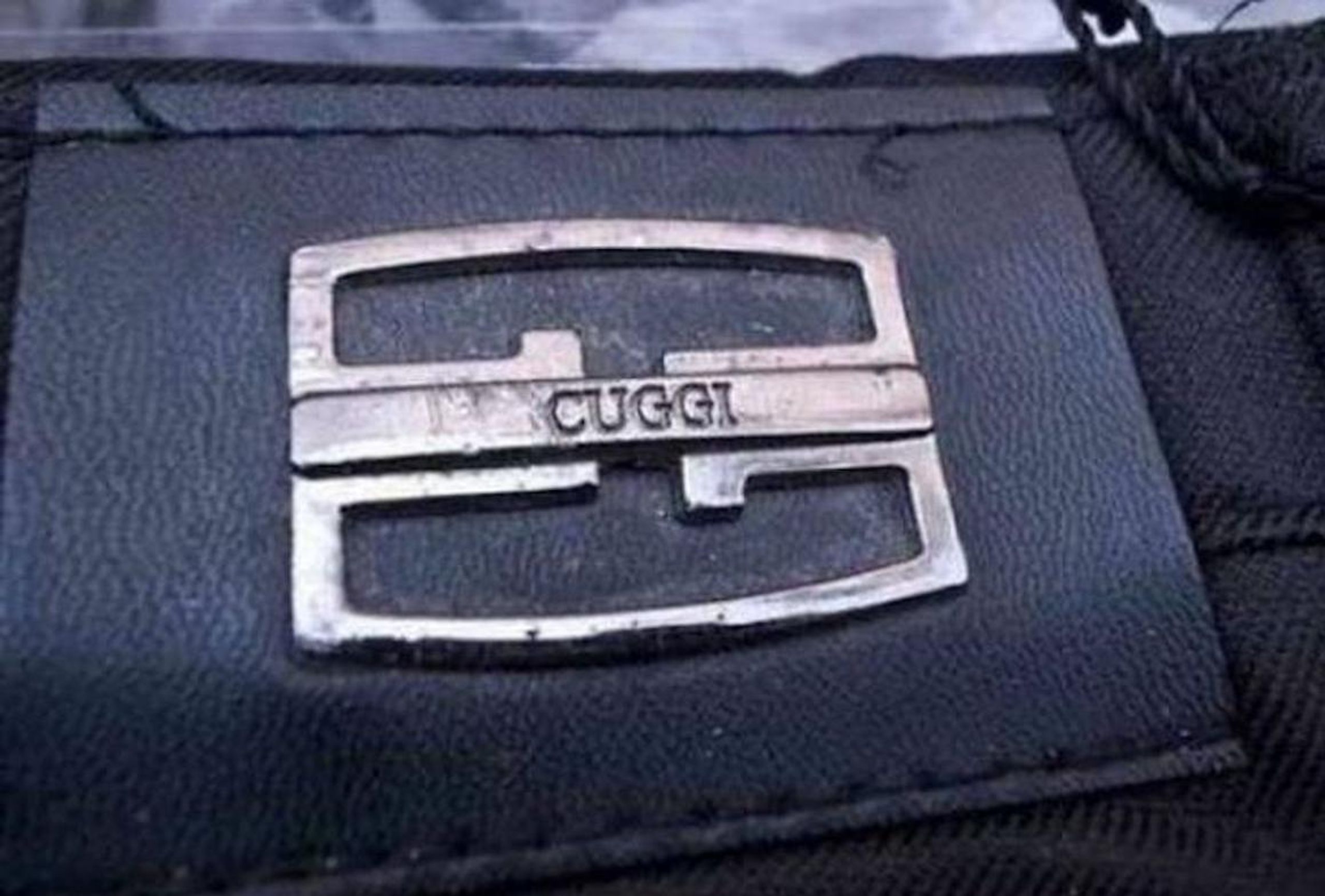
Strong brands survive the onslaught of cheap replicas by their vision, relevance and ability to adapt and innovate.
Copyright infringement might then be seen to be a motor for continued excellence in product and service development and less of a threat to survival.
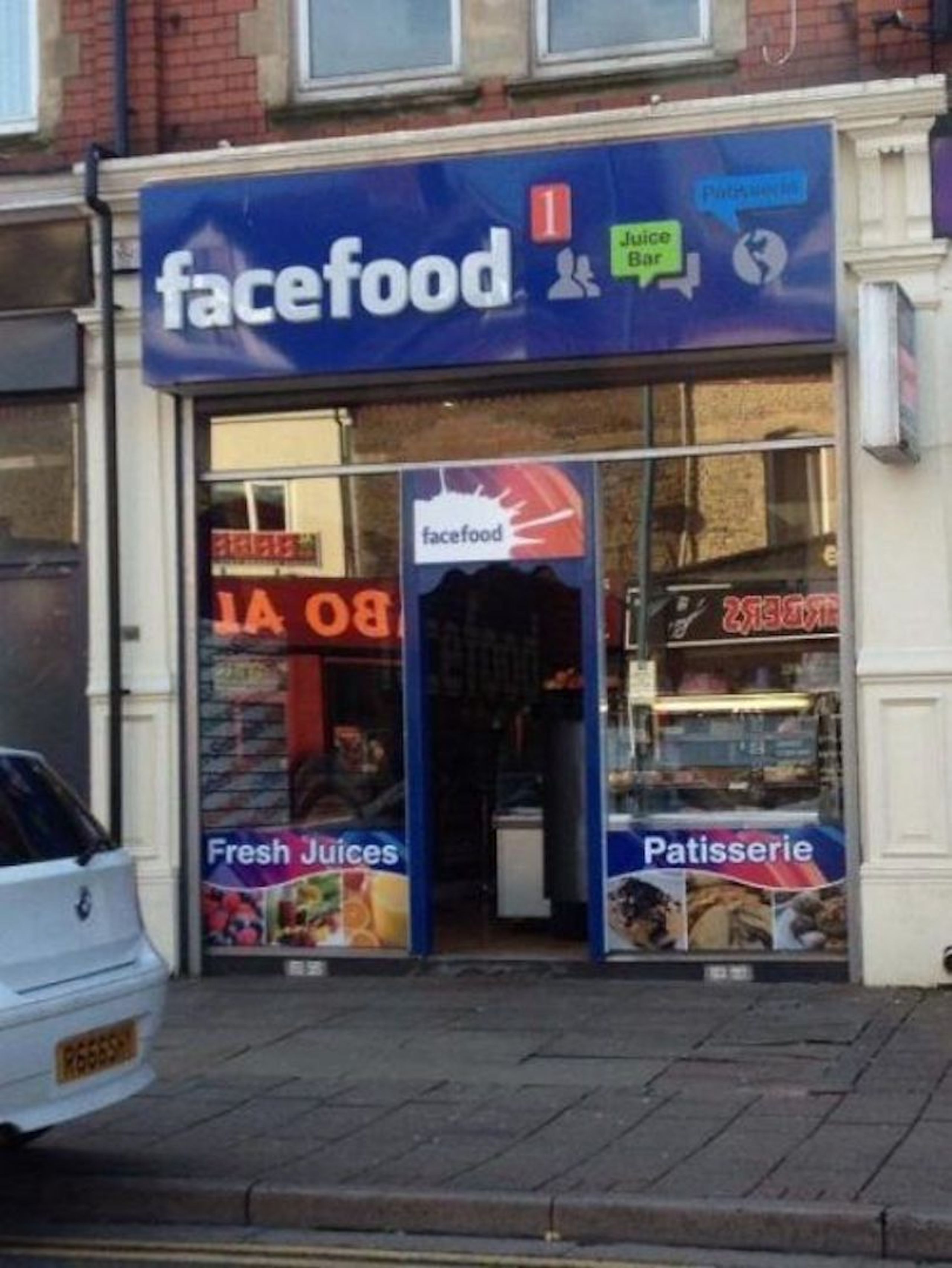
… and saving the best for last, this spoof from the U.K no less!
> Facebook examines Facefood juice bar sign in Cardiff
Some more crazy stuff > A fake luxury shopping street in the city of Shenyang > Fake Chinese brands – damn cool pictures > The 46 Craziest Chinese Counterfeit Products
